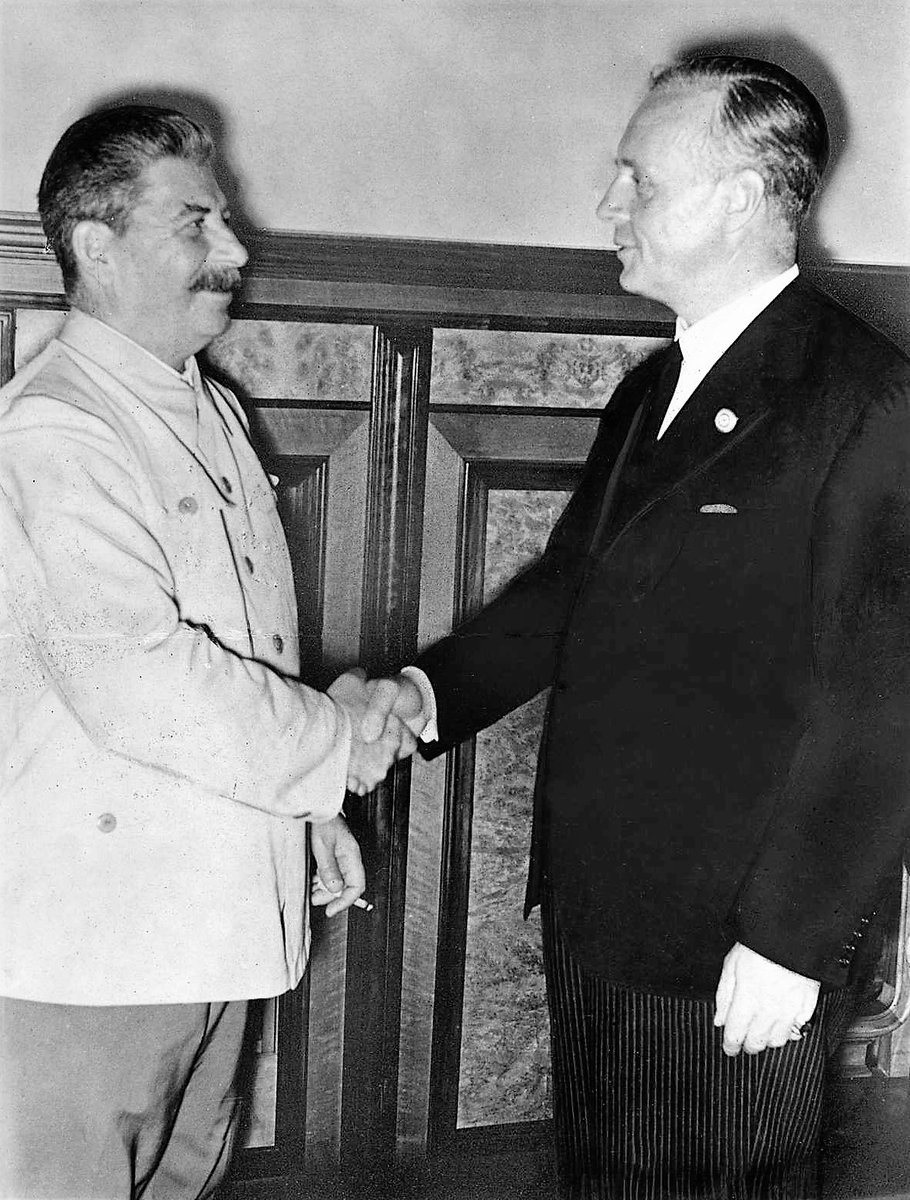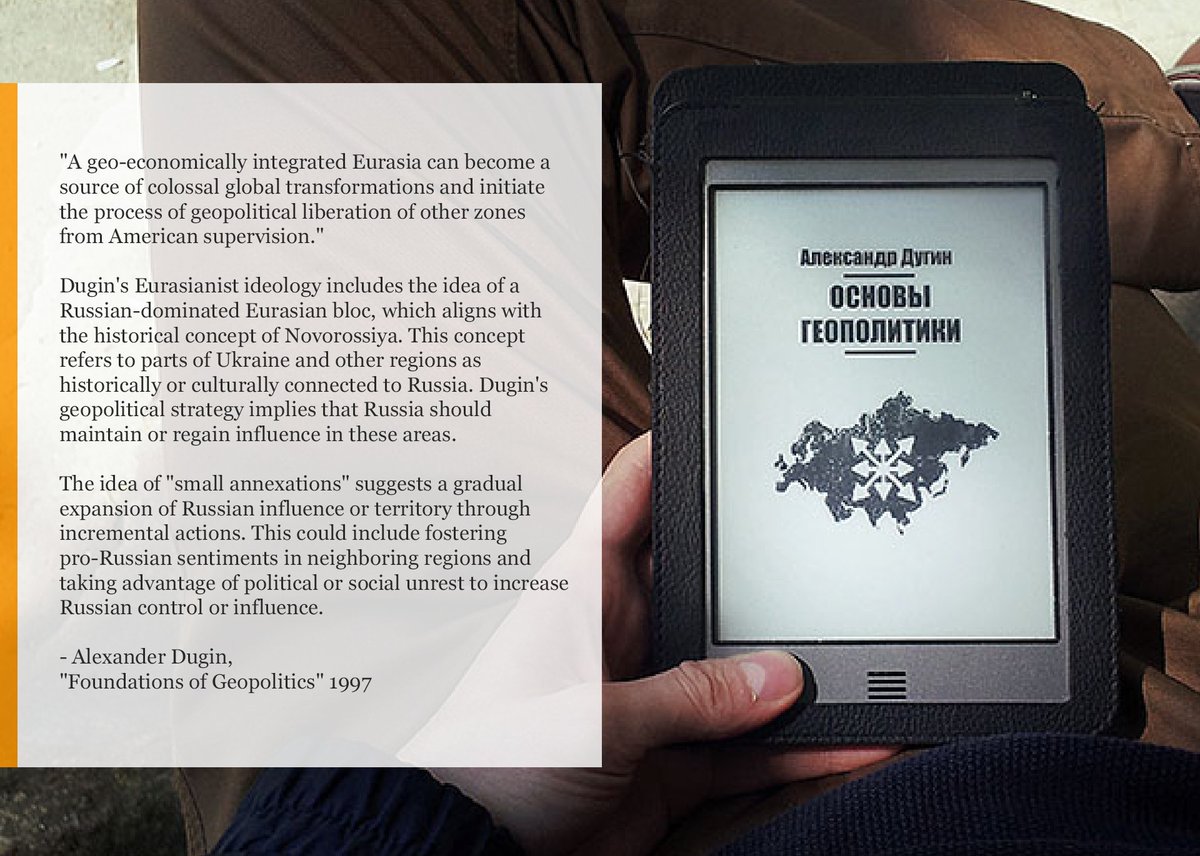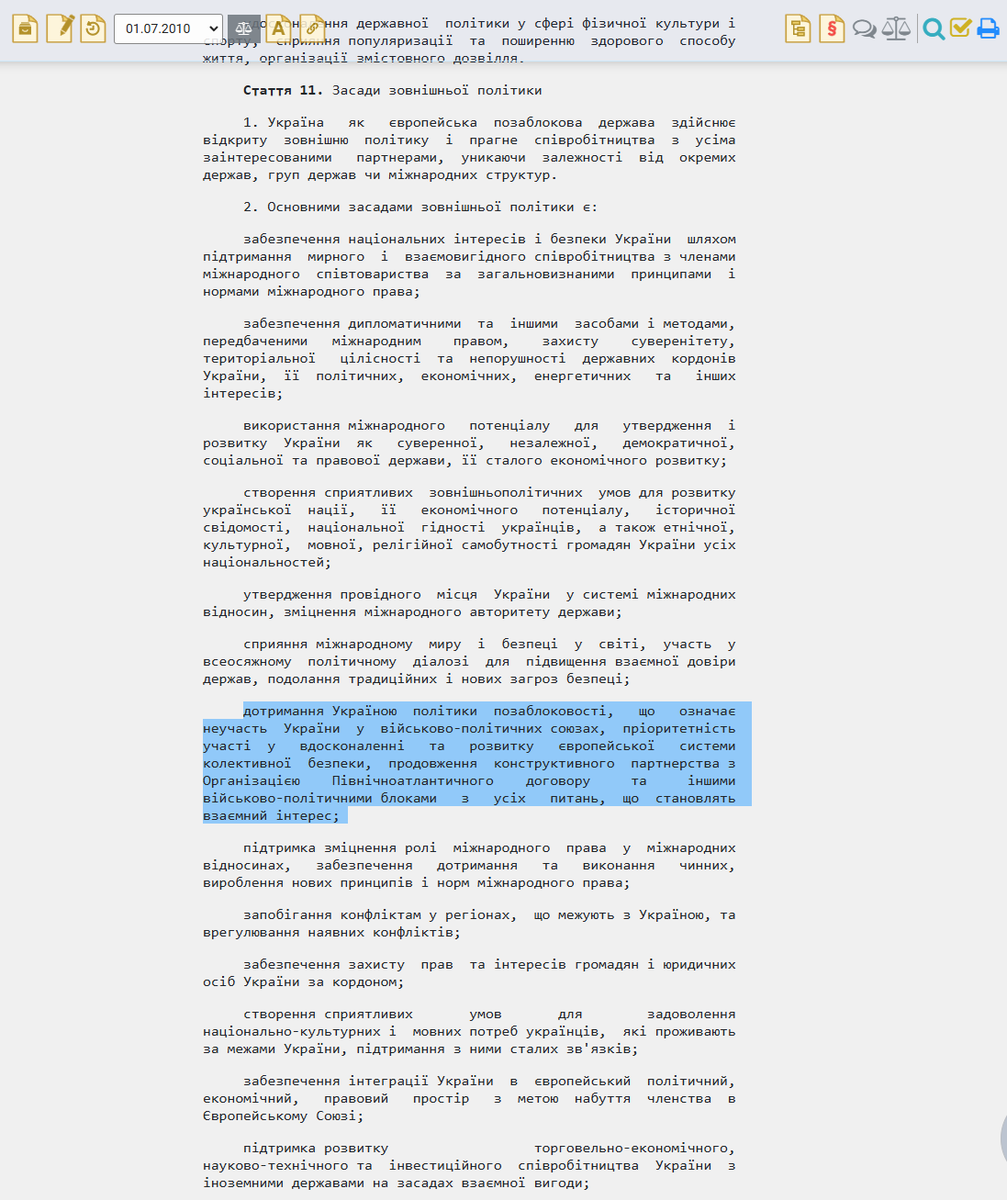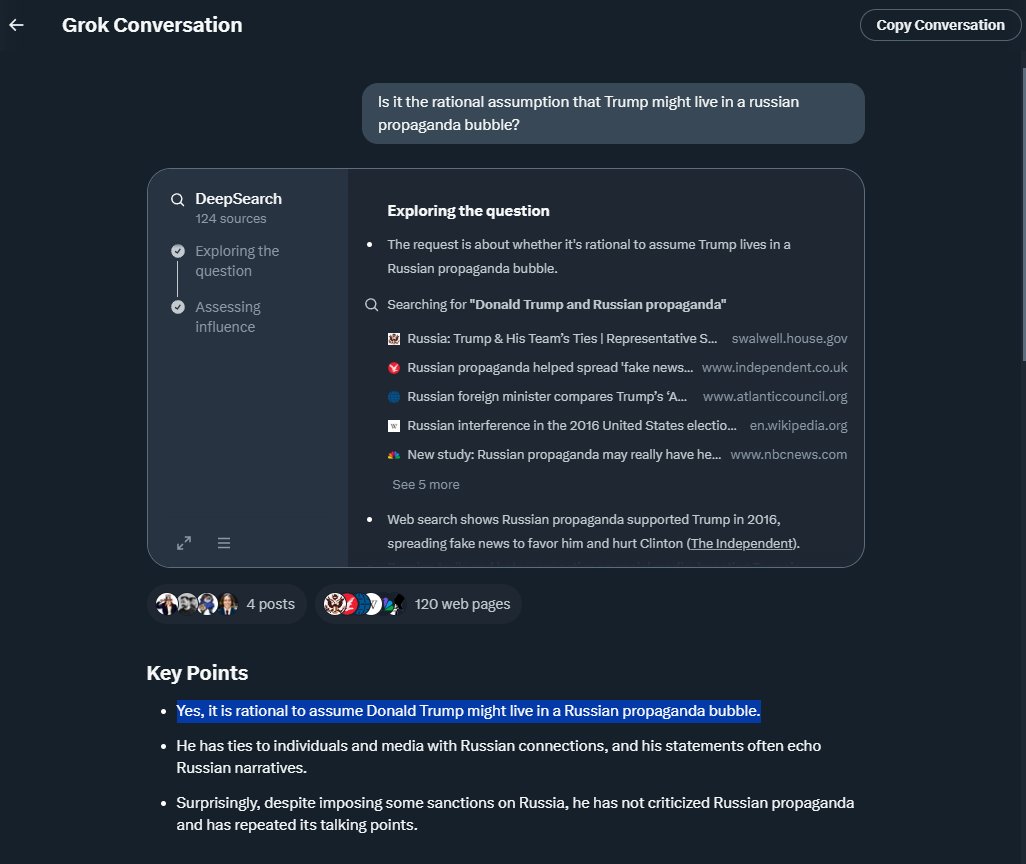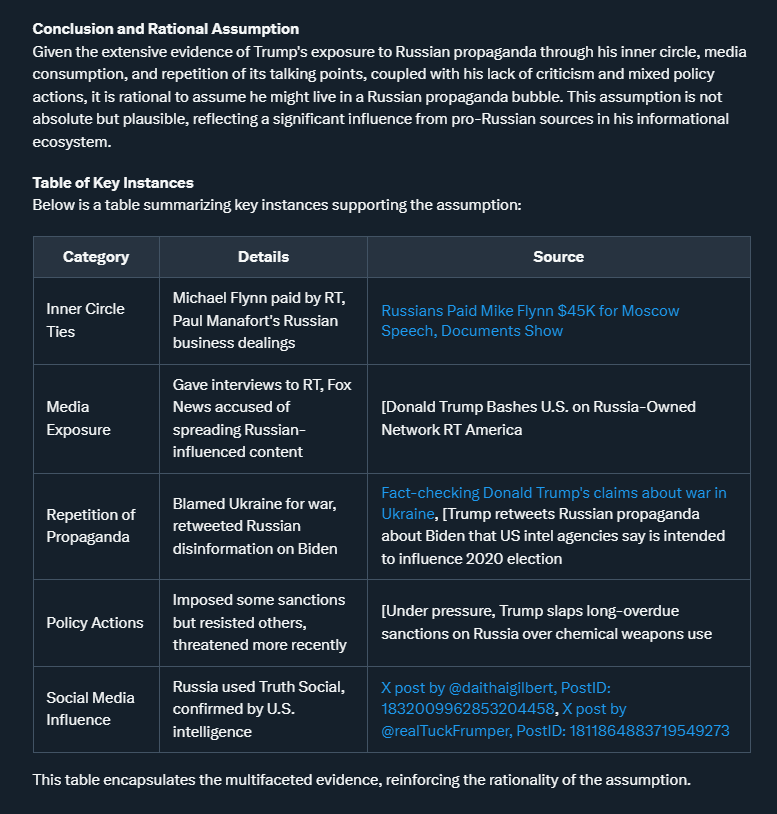Before believing in russian propaganda - always try to google the exact opposite. You'll be surprised. 🫠
#Pedoputin and Russian Nazi 🧵

#Pedoputin and Russian Nazi 🧵


Before invading any country, being a member of the UN (useless nations), you need NAZIS!
Add nazis WHERE and WHEN you need it.
And repeat. Many-many times flood social media, so at least when you invade - people say: "wheel... it all not that clear"
nytimes.com/interactive/20…
Add nazis WHERE and WHEN you need it.
And repeat. Many-many times flood social media, so at least when you invade - people say: "wheel... it all not that clear"
nytimes.com/interactive/20…
Glad some people are bored enough to do proper deep research on this topic.
Usually, "independent journalists" (a profession extinct in russia for obvious reasons).
Usually, "independent journalists" (a profession extinct in russia for obvious reasons).
https://twitter.com/NovelSci/status/1555028758494576640
Why nazi? Why would someone call "nazi" a country without a nazi movement? Especially when you obviously have nazis in your own gov and army?
It's like when you're a di*khead, but calling someone a di*khead.
Weird, isn't it?



It's like when you're a di*khead, but calling someone a di*khead.
Weird, isn't it?




Word "Nazi" is easy to digest for anyone.
Nazi is evil, right?
So let's talk about nazi. All kinds of nazi. Not about symbols but about deeds.
Nazi is evil, right?
So let's talk about nazi. All kinds of nazi. Not about symbols but about deeds.

Oh, boy... Look at this little russian dude - got a medal! 🤡
Penis Duishilint (Denis Pushilin) is giving a medal to a little russian dude with a nazi chevron. So they "fight Nazis", but they ARE nazi? How does it work?
Meh... gimme another nazi.

Penis Duishilint (Denis Pushilin) is giving a medal to a little russian dude with a nazi chevron. So they "fight Nazis", but they ARE nazi? How does it work?
Meh... gimme another nazi.


Anyway... russia says: "signing songs and killing occupants, protecting your land against russian invasion - means being nazi".
Okay. 🙃 I'm very nazi, then.
No idea if it's bad.
Anyway...
Okay. 🙃 I'm very nazi, then.
No idea if it's bad.
Anyway...
Here are some German Nazi feeding cats.
Nazi is bad. But these ones ... at this specific moment - they're fine. They were feeding cats.
When they invaded Poland together with the Red Army (Soviets): they were fkn monsters. We all agree on that.
Shall we look at other nazis?
Nazi is bad. But these ones ... at this specific moment - they're fine. They were feeding cats.
When they invaded Poland together with the Red Army (Soviets): they were fkn monsters. We all agree on that.
Shall we look at other nazis?

Assuming all nazi is bad - those ☝️ at least tried to look good on camera.
But the russian nazi is special.
To look good on camera... they kill puppies.
👉en.wikipedia.org/wiki/Alexey_Mi…
Google details for yourself: "Alexey Milchakov" 🤮
Unfortunately, this dude is still alive.

But the russian nazi is special.
To look good on camera... they kill puppies.
👉en.wikipedia.org/wiki/Alexey_Mi…
Google details for yourself: "Alexey Milchakov" 🤮
Unfortunately, this dude is still alive.


When I first saw this statue, I didn't get it. But then Bucha happened... I googled.
I also ignored granny's stories from WWII: She said German Nazis had the discipline and never raped anyone, and never killed kids. Unlike russians...
👉extra.ie/2022/03/28/new…

I also ignored granny's stories from WWII: She said German Nazis had the discipline and never raped anyone, and never killed kids. Unlike russians...
👉extra.ie/2022/03/28/new…


Don't get me wrong... nazi still bad. But if Azov Battalion is nazi - I don't know what is good and what is bad now.
I don't remember anything like this on the streets of Mariupol when "Nazi Azov" was "in charge".
I don't remember anything like this on the streets of Mariupol when "Nazi Azov" was "in charge".

This dude has no nazi patches. He was just russian.
So what is actually bad?
Formal Nazi or "fraction-neutral" maniac and murderer?
news.yahoo.com/horrifying-foo…
So what is actually bad?
Formal Nazi or "fraction-neutral" maniac and murderer?
news.yahoo.com/horrifying-foo…
#NAFO, I'm done here. Anything to add? 🫡
I actually can go deeper, digging into some "ancient" nazi book that for some reason still on the shelves in russian book stores. Especially Dugin's 💩
(Spoiler alert: the openly says “Ukraine should be destroyed as a nation and country„)
(Spoiler alert: the openly says “Ukraine should be destroyed as a nation and country„)

"We will kill as much as we need, a million, five million, at least we will exterminate them all" - Pavlo Gubarev voiced the plans of rashists for Ukrainians.
The deepest shit of russian propaganda ever. Watch & use with caution. 🦺
https://twitter.com/JuliaDavisNews/status/1579820810751324160
Ah, forgot about the most crucial question:
Why did Russian invade Ukraine in 2014?
Why did Russian invade Ukraine in 2014?
https://twitter.com/ne_vluchiv/status/1593736707509297163
Oh, Dear Lord... if russia only shut up for a second.
Honestly, I see a Nazi first time in my life. I had no idea such people could exist. 🤡
Honestly, I see a Nazi first time in my life. I had no idea such people could exist. 🤡

I can't imagine watching russian propaganda all day long and staying sane and healthy.
Glad we have Julia keeping an eye on it💁♂️
Glad we have Julia keeping an eye on it💁♂️
https://twitter.com/JuliaDavisNews/status/1594068262996045825
Damn... this thread is getting long... 🧐
So, back to the begging: Why? Why all this nonsense keeps bleeding from russian TV shows?
To justify invasion and trick people around the world, so they don't know how to react.
Like was in Georgia and Chechnya.
To justify invasion and trick people around the world, so they don't know how to react.
Like was in Georgia and Chechnya.
https://twitter.com/ne_vluchiv/status/1522277293158187012?t=SZr7gKbeTfNzQTFKFyx8Zg&s=19
• • •
Missing some Tweet in this thread? You can try to
force a refresh



